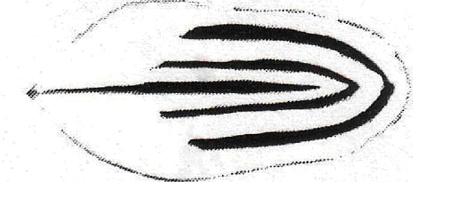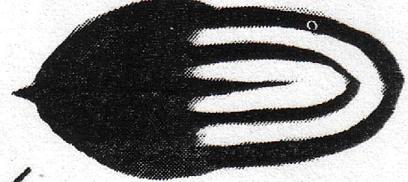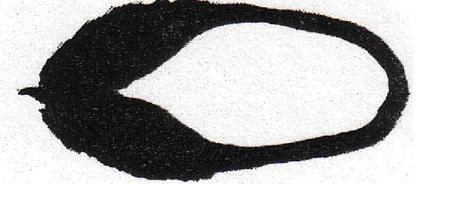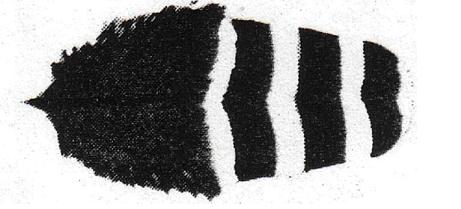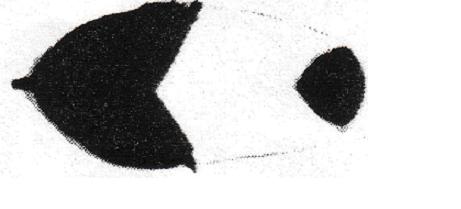The proper genotype is...John, I really do respect you, and that's a helpful answer. So even if I do darken my blues, which is happening, that won't affect the lacing? That's a gene independent of color?
Black Ameraucanas should be based on Extended Black (E), while it is thought the best laced blues are based on Birchen (E^R).
I know that is the simple short answer. Generally that is what I give here and don't go into a lot of detail, because my reason for joining this forum has only been to promote Ameraucanas and the Ameraucana Alliance. I've not been shy about that promotion and some have joined because of it. I'm always big on FREE promotion. I recently wrote a post on this thread about the benefits of breed club membership and have an article about the it in the April issue of the Poultry Press.




